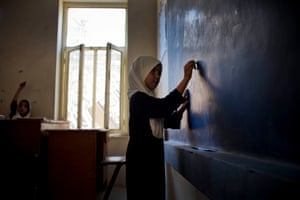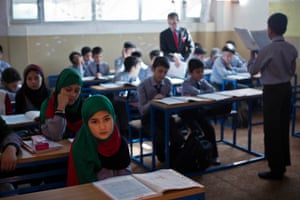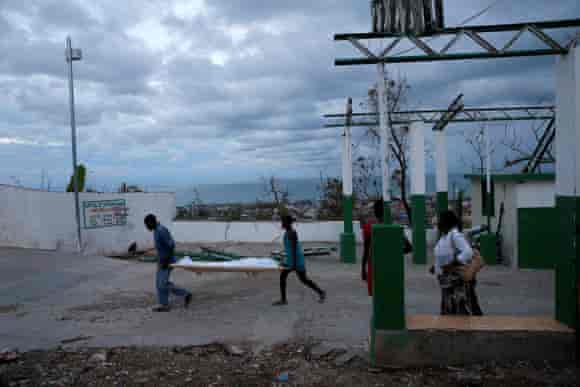“If the first thing you hear about a topic is something that’s associated with fear, that will often suppress the rational part of the brain. It will be placed into long-term memory by this more primitive part of the brain, and it turns out to be very, very difficult to dislodge that.”says Jack Gorman.
For the 2016 election a smart businessman who is not afraid to run over corpses made a handy use out of that knowledge.
Fear is the fuel to Donald Trump’s post-factual campaign. He can allege that immigrants are violent (when they commit way fewer crimes than native-born Americans) and “inner cities” are burning (when they’re thriving), and it doesn’t matter, from a certain rhetorical perspective — the point is to activate emotions, whether it’s to motivate the alt-right for the election or Trump TV ratings after the ballots have been cast.
What’s special about fear is that it’s such a powerful, pre-conscious, pre-rational emotion. It frames your thinking before you can even think about it, regardless of how intelligent you are.The "Make America Great Again" campaign was constructed in bringing bad news first sot that people would have enough fear to look for an other solution. Those made black for sure should than be the ones to avoid at high cost. Having told such bad things about Hillary Clinton made her the one to avoid most.
In history it is not the first time that charismatic leaders arouse fear. Those fears
"are often committed to permanent indelible memory, and they become extremely hard to dislodge, and they are easy to evoke simply by making people scared again,"Jack Gorman says.
“So all that Trump has to do is say ‘these immigrants are going to kill you,’ and his entire message about immigration becomes immediately recalled.”
+Additional reading
- Refugee crisis, terrorist attacks and created fear
- Coming closer to the end of 2015 and the end for Donald Trump as presidential candidate
- 150 Years after the 13th Amendment
- 2015 In the Picture
- Summary for the year 2015 # 2 Strewn with corpses and refugees
- Blinded crying blue murder having being made afraid by a bugaboo
- Are United States of America citizens going to show their senses
- Some quotes Americans should remember when going to the ballot office
- When so desperate to hold onto power
- The clean sweeper of the whole caboodle
- A strong and wise fighter who keeps believing in America
- Brexit No. 2 Blow-up
- Nigel Farage called Donald Trump’s victory ‘bigger than Brexit’
- American Christianity no longer resembles its Founder
- God Isn’t a Republican




















































